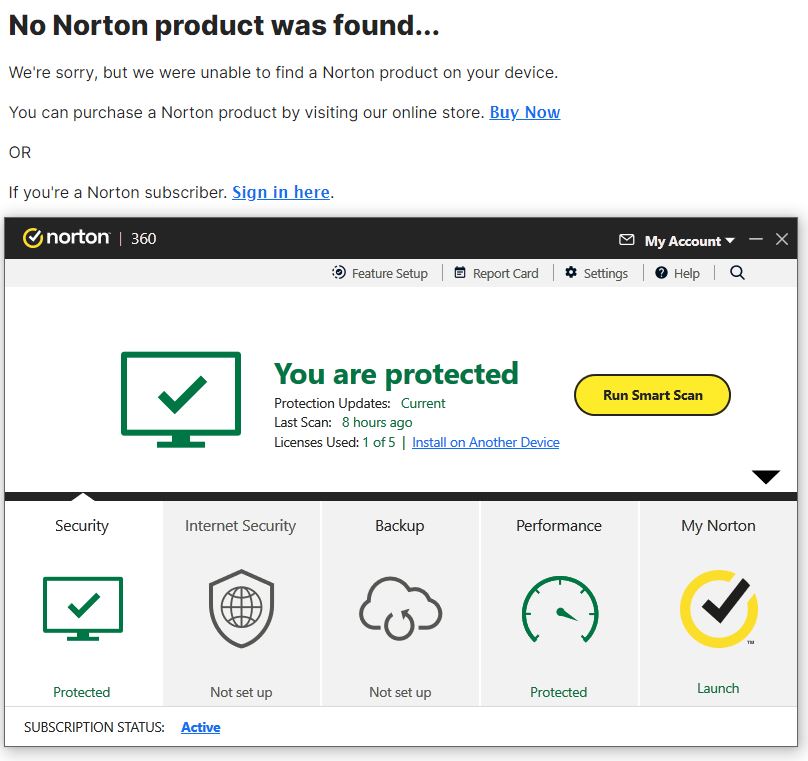My first job out of college, I worked as a studio engineer in recorded sound. I remember one of the senior engineers telling me one day: “The hardest problems to diagnose are the intermittent ones.” Over the years, I’ve seen that revealed as a terse understatement. I was reminded of that principle last week when my $400-plus Thunderbolt 4 dock quit working. As I dickered with CalDigit tech support to try to get an RMA number for that momentarily dead device, it came back to life. Because of this Short-Lived CalDigit TS4 hiatus I never did get an RMA; instead it’s back at work. Sigh.
When Short-Lived CalDigit TS4 Hiatus Ends, Then What?
As you can see from the front and back views in the lead-in graphic, the CalDigit Thunderbolt 4 Station (aka TS4) is a port-laden beast of a dock. I purchased it last August because I wanted to test this top-of-the-line Thunderbolt 4 (TB4) unit against other TB4 docks from Belkin and Lenovo. Until last week, it has behaved flawlessly, and worked well under every test of its capabilities I could devise.
Initially, I explained my symptoms to CalDigit tech support: no power light, no DC pass-through to power plugged-in devices, no appearance in Intel’s Thunderbolt Control Center (TCC) app when plugged in (and ditto for inserted TB4 or USB4 devices, either). They didn’t seem to want to believe me. So, under their guidance, I tried the device by itself (no power light, TS4 box didn’t warm up as it previously did). Next, I tried the device with their TS4 cable into a laptop. Still nothing. I reported those results and asked again for an RMA.
The Waiting Is the Hardest Part…
While waiting for a reply from Tech Support, I unplugged the device and left it completely alone and unused. When I got a response from CalDigit a couple of days later, they had me try one more thing: hook it up to a different laptop, in a simple configuration (TB4 from CalDigit to laptop for power and connectivity, GbE and USB-C for a storage device on the dock). To my utter astonishment it worked! And it kept working, even when I switched it back to the original laptop.
As far as what happened, nobody knows. Now the power indicator works. Pass-through power has kept my Lenovo ThinkPad X12 Hybrid Tablet humming for the past 4 days without interruption. And the TCC has consistently reported the presence of the dock and the Konyead USB4 NVMe drive enclosure also plugged into an open USB4/TB4 port (see below).
 I’ve gotten into the habit of checking things as I sit down with my first cup of coffee to start up my day. And since last Thursday, everything been peachy. No problems at all.
I’ve gotten into the habit of checking things as I sit down with my first cup of coffee to start up my day. And since last Thursday, everything been peachy. No problems at all.
But gosh, doesn’t that just underscore the loathing and dread that an intermittent failure can inspire? Why am I checking this stuff every day? Because I’m waiting for the next failure to pop into view. CalDigit doesn’t seem concerned, and hasn’t issued an RMA. Why can’t I be as cheerfully indifferent to the possibility of impending doom? Because I bought and paid for the unit, the problem is mine, all mine, I guess!
And boy, isn’t that just the way things go sometimes, here in Windows-World? Stay tuned…

















